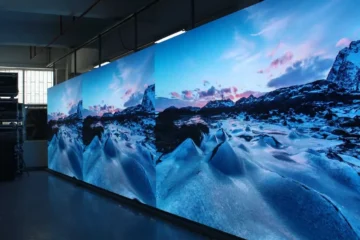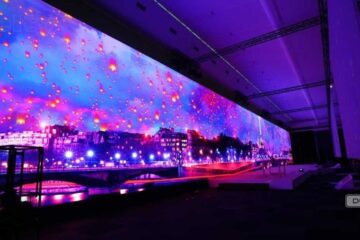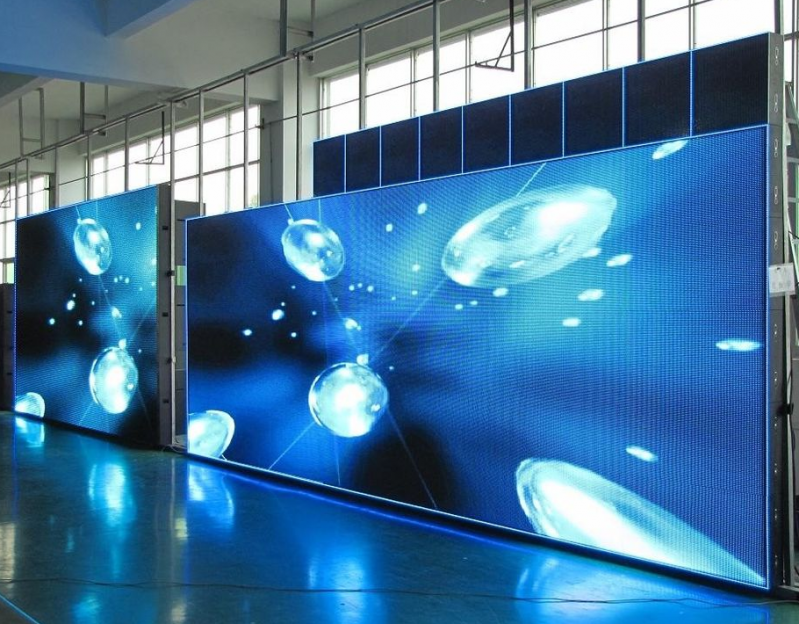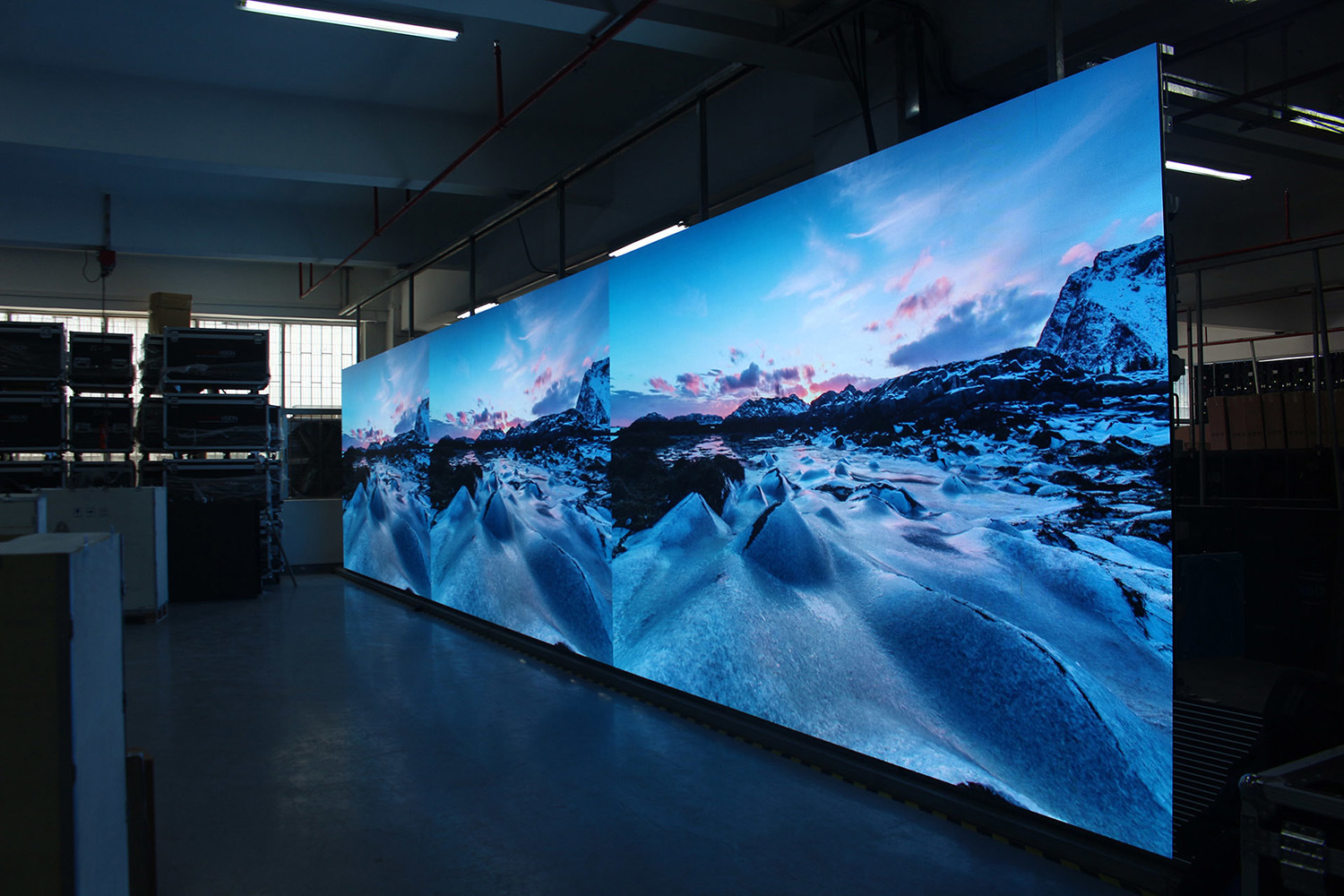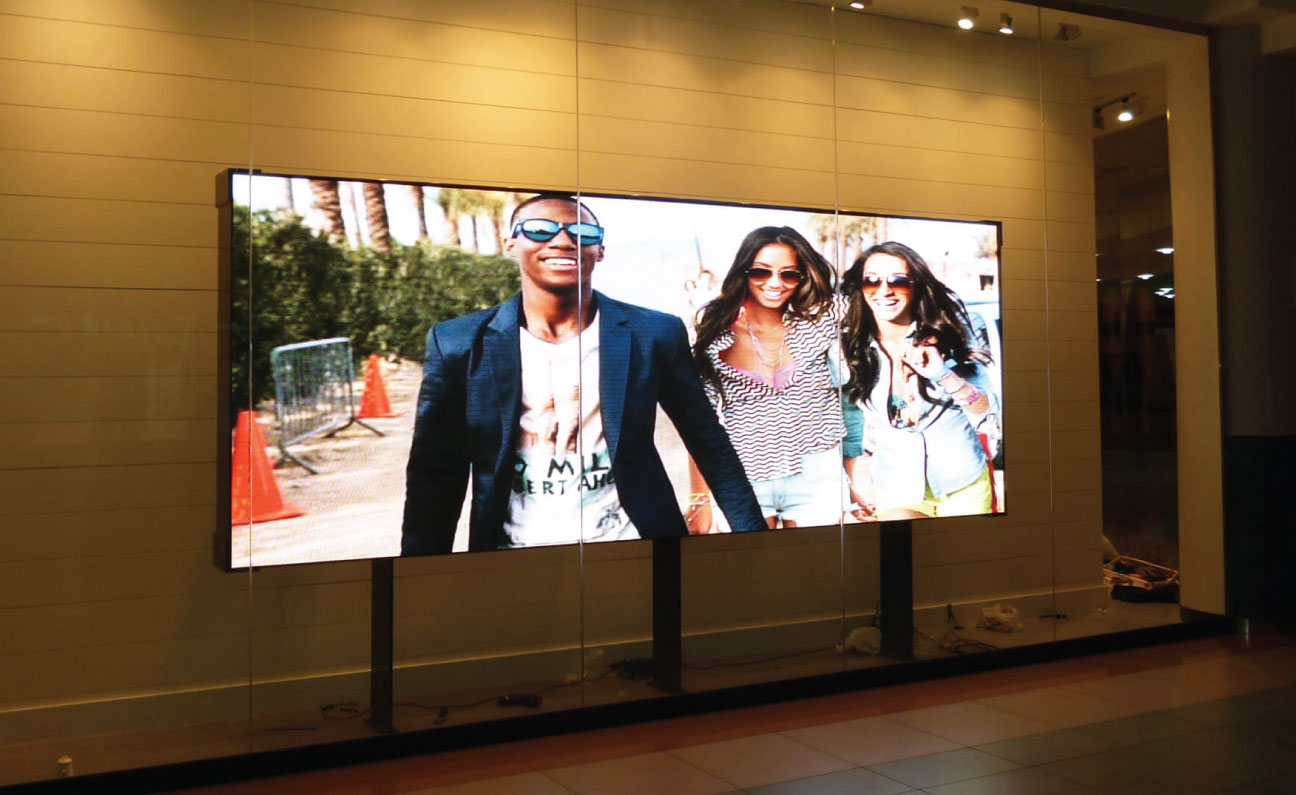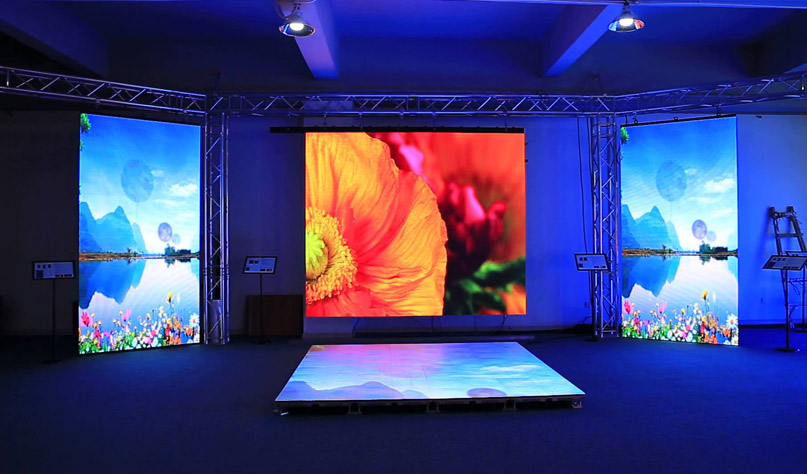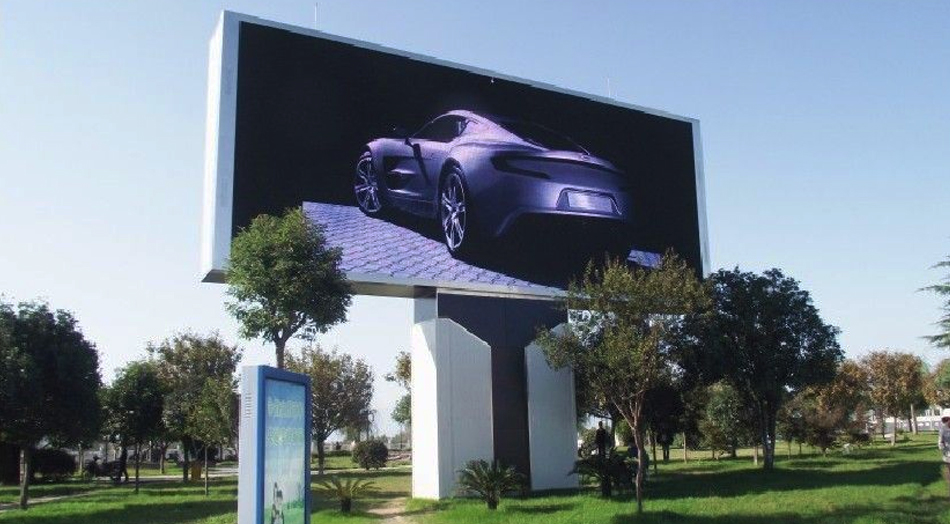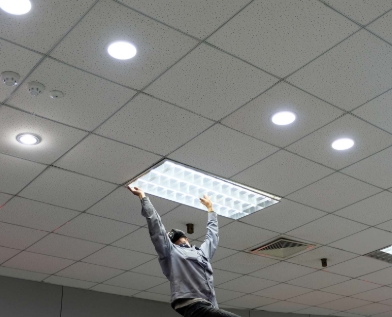Indoor LED Panels: Ideal Pixel Pitch, Resolution and Applications for Different Spaces
Indoor LED Panels: Ideal Pixel Pitch, Resolution and Applications for Different Spaces Introduction Indoor LED panels have become essential for immersive environments, retail displays, corporate communication, and events. Understanding the ideal pixel pitch and resolution helps determine the best panel for each space. 1. Choosing the Ideal Pixel Pitch Indoor Read more

